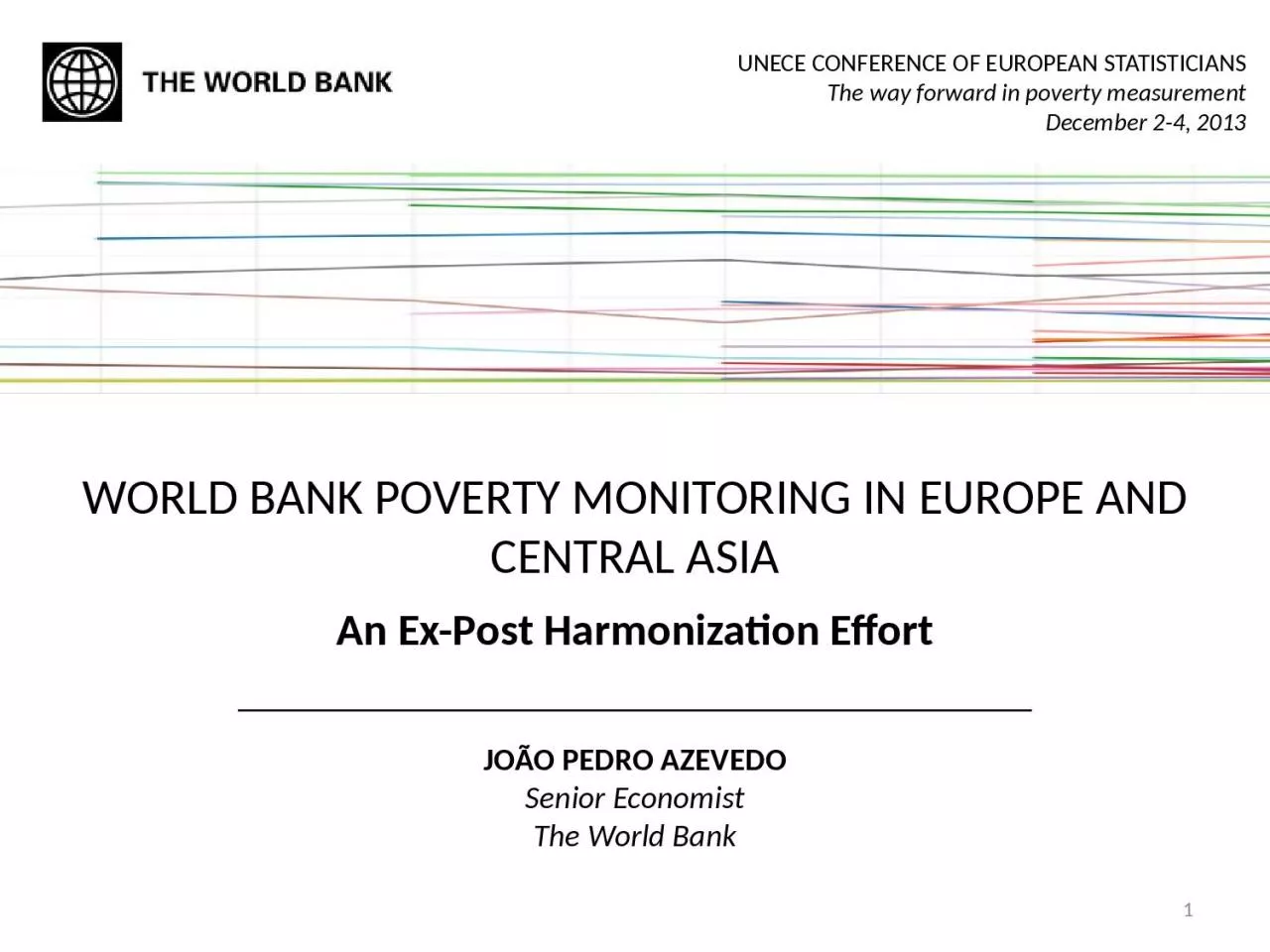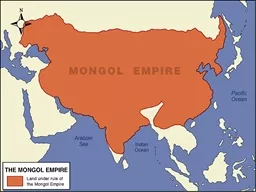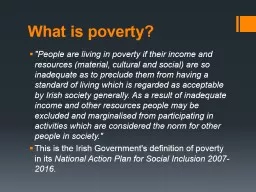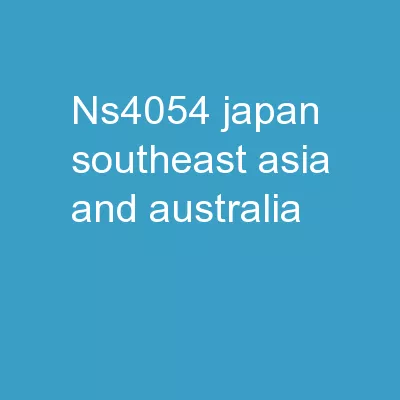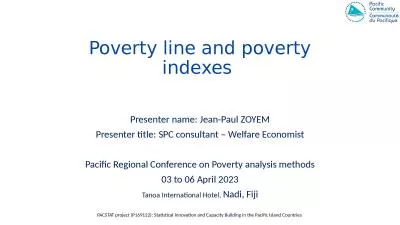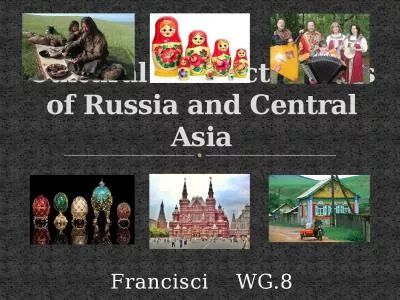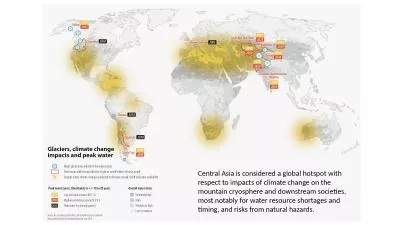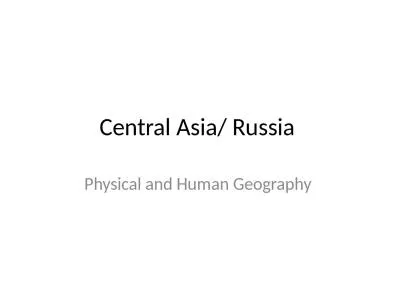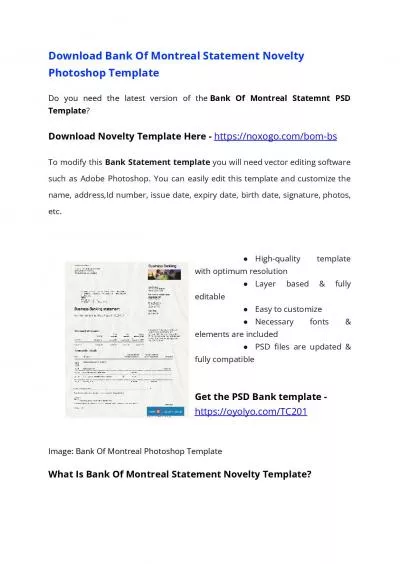PPT-WORLD BANK POVERTY MONITORING IN EUROPE AND CENTRAL ASIA
Author : hazel | Published Date : 2022-06-08
An ExPost Harmonization Effort JOÃO PEDRO AZEVEDO Senior Economist The World Bank UNECE CONFERENCE OF EUROPEAN STATISTICIANS The way forward in poverty measurement
Presentation Embed Code
Download Presentation
Download Presentation The PPT/PDF document "WORLD BANK POVERTY MONITORING IN EUROPE ..." is the property of its rightful owner. Permission is granted to download and print the materials on this website for personal, non-commercial use only, and to display it on your personal computer provided you do not modify the materials and that you retain all copyright notices contained in the materials. By downloading content from our website, you accept the terms of this agreement.
WORLD BANK POVERTY MONITORING IN EUROPE AND CENTRAL ASIA: Transcript
Download Rules Of Document
"WORLD BANK POVERTY MONITORING IN EUROPE AND CENTRAL ASIA"The content belongs to its owner. You may download and print it for personal use, without modification, and keep all copyright notices. By downloading, you agree to these terms.
Related Documents

